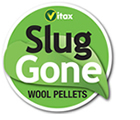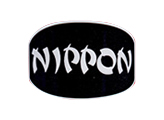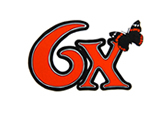How to control ants
There are around 36 different species of ant found in the UK, but of these only two species, the Common Black Ant and Pharaoh’s Ant, are generally encountered inside our homes. Other species (Yellow Ants and Red Ants) can often be found outdoors infesting lawns or flower borders, their nest building activities can produce unsightly mounds of soil on the turf surface. These species can be quite aggressive and will often resort to a painful bite if the nest site is disturbed and the ants think the colony is under attack.
How to deal with an ant infestation in the home
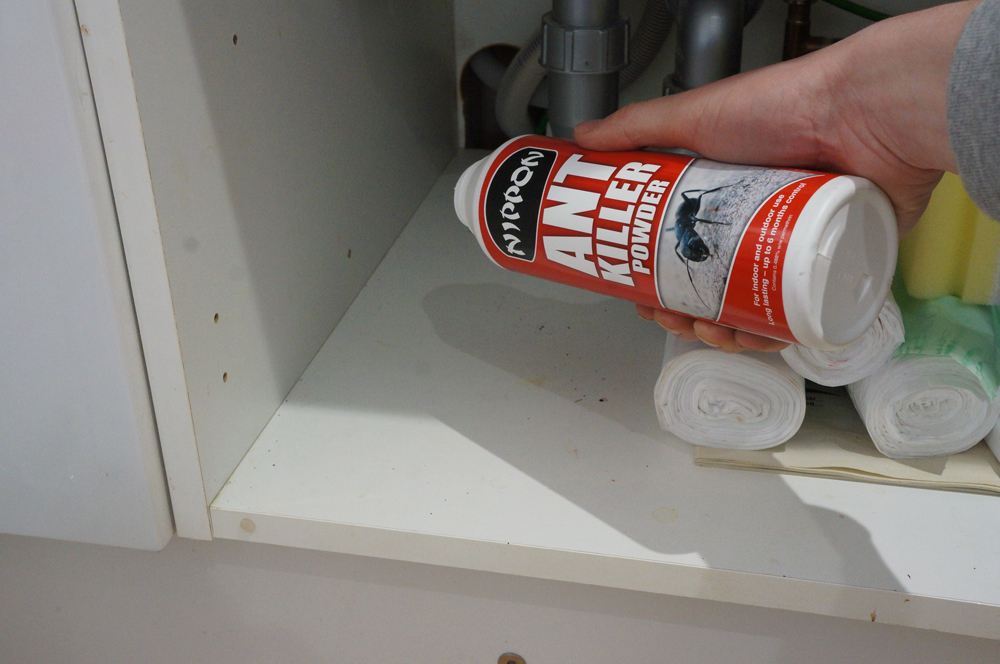 Where ants become an indoor pest, the only real method of control is to locate the nest or colony by following the trail of ants. The nest can then be treated with an insecticidal dust like Nippon Ant Killer Powder or spray product like the Nippon Ant and Crawling Insect Killer aerosol or Nippon Ant and Crawling Insect Killer Ready-to-Use trigger spray.
Where ants become an indoor pest, the only real method of control is to locate the nest or colony by following the trail of ants. The nest can then be treated with an insecticidal dust like Nippon Ant Killer Powder or spray product like the Nippon Ant and Crawling Insect Killer aerosol or Nippon Ant and Crawling Insect Killer Ready-to-Use trigger spray.
Likely entrance points include holes in walls, possibly around drainage and waste pipes; air bricks; and beneath poorly finished work surfaces and kitchen units, baths and wash basins. Apply the ant powder into these small spaces and access points. The insecticides have a residual effect and will kill crawling insects that cross the treated bands and may also act as a repellent barrier which prevents insects invading the area. Where possible, however, these access points should be properly sealed with mortar or mastic.
If the nest cannot be located or proves to be inaccessible, it may be impossible to completely destroy the colony and achieve effective eradication with the ant powder or spray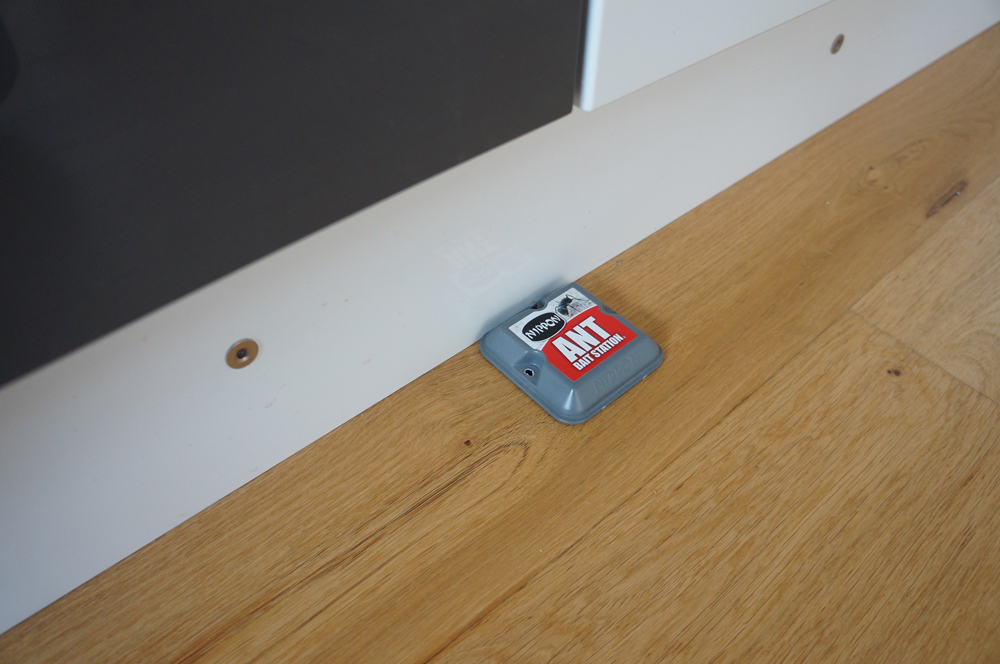 products. In these situations it is advisable to use a bait like Nippon Ant Killer Liquid or the Pre-baited Nippon Ant Bait Stations.
products. In these situations it is advisable to use a bait like Nippon Ant Killer Liquid or the Pre-baited Nippon Ant Bait Stations.
Foraging ants feed on this material then carry it back to the colony where it is passed on to the queen and all other members of the colony. Over a period of a few days the colony as a whole will build up a dose of the product that will eradicate the entire nest, including the queen and larvae.
How to deal with an ant infestation in a lawn:
Red or Yellow Lawn Ants usually nest outdoors in soil and often produce unsightly humps or mounds in lawns and borders consisting of excavated material from extensive tunnelling just below the soil surface. Unlike Common Black Ants both species also have a tendency to inflict a painful bite.
PY Powder Bug Killer can also be used to reduce colony numbers. The powder should be “puffed” onto the nest mounds then the soil should be disturbed to encourage the ants to run to the surface and walk through the powder. PY Powder Bug Killer is a contact insecticide that kills the ants that come into contact with it. The powder should be refreshed regularly outdoors, particularly after rainfall.
Flying Ants
Every year the queen in each colony lays a batch of eggs that develop into new queens. These larger winged ants emerge en masse (usually in late June) and disperse to form new colonies.
Whilst the queens are emerging the ant colonies can lose interest in feeding so the accumulation of bait materials like Nippon Ant killer Liquid may be temporarily reduced.
In these circumstances it may be preferable to use contact insecticides like Nippon Ant Killer Powder around the nest entrances (to kill the queens as they emerge) or use a space spray like Nippon Fly Killer Spray to knock down and kill flying ants if they emerge indoors.
A few days after emergence the colonies settle back to their normal routine. At this stage Nippon Ant Killer Liquid is again appropriate as the most efficient means of eradicating an entire colony.
Find a stockist near you
To check if the product you require is in stock, please contact the retailer prior to visiting.
Your login details have been used by another user or machine. Login details can only be used once at any one time so you have therefore automatically been logged out. Please contact your sites administrator if you believe this other user or machine has unauthorised access.






